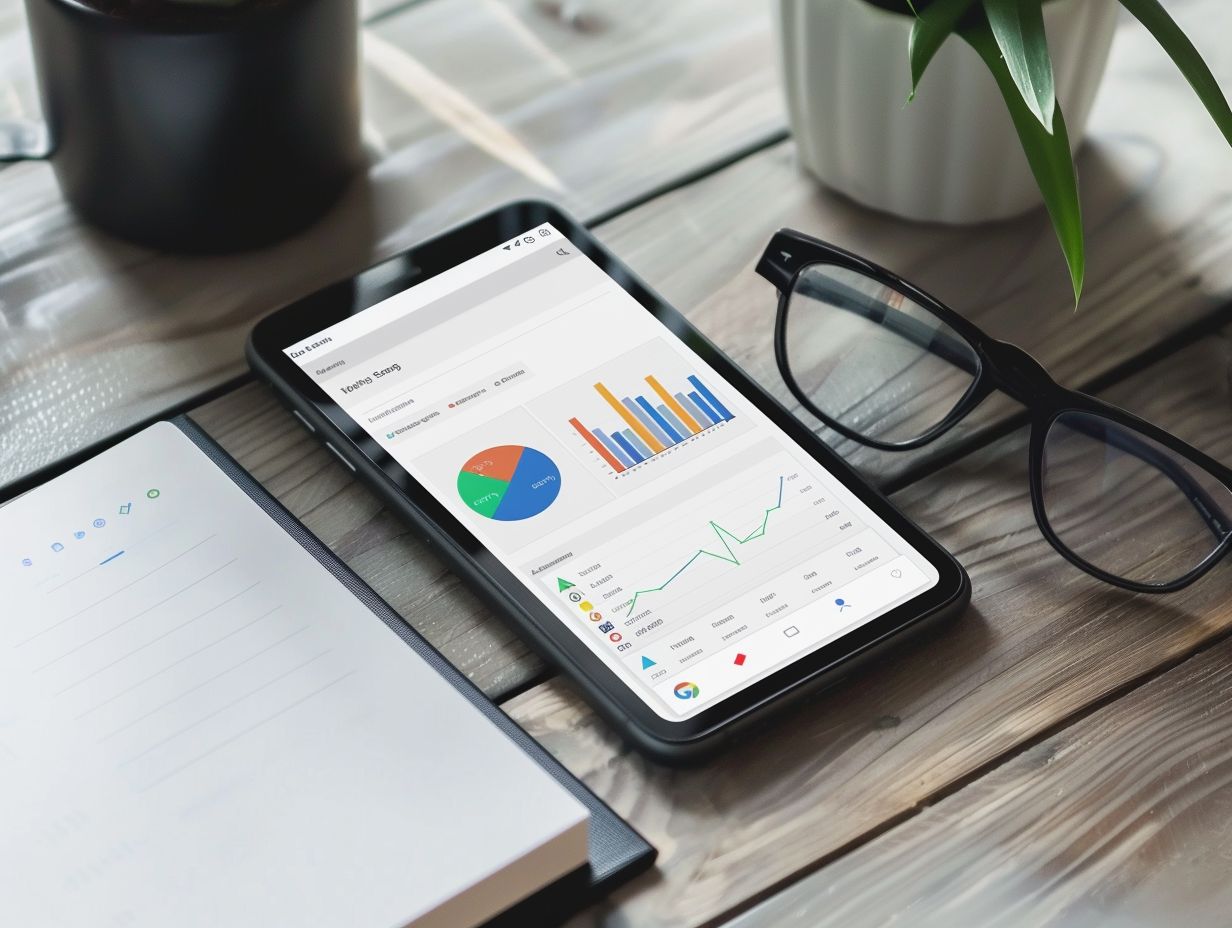Optimizing Your Google Slides for Mobile Viewing: Essential Tips
In the digital age, mobile optimization is crucial for ensuring that content reaches and engages a broader audience. When designing for mobile viewing, factors such as layout and font size play a critical role. Additionally, incorporating media and animations can enhance the user experience on mobile platforms.
This article highlights the significance of mobile optimization and provides essential guidelines for creating engaging and effective presentations that are accessible and compatible across all devices.
Key Takeaways:
Why is Mobile Optimization Important?
Mobile optimization involves adapting websites to cater to the increasing number of users accessing the internet via mobile devices. It is crucial for boosting online sales by offering a mobile-friendly website to the expanding mobile user base. Companies have recognized that mobile optimization enhances user engagement and boosts conversion rates.
Customers who have a positive experience on a mobile website are more inclined to make a purchase when provided with the opportunity. Additionally, mobile optimization can enhance website performance and elevate search engine rankings. With the continuous rise in the percentage of people using mobile devices for internet browsing, mobile optimization is becoming increasingly essential.
Businesses must embrace mobile optimization to stay competitive, adapt to the evolving digital landscape, and meet the changing requirements of online customers.
Designing for Mobile Viewing
Creating a good mobile design involves developing a layout that is well-suited for the smaller screens of mobile devices, ensuring it is visually appealing and user-friendly on such devices.
Key Considerations for Layout and Font Size
One of the key aspects of font size optimization is its direct impact on user experience. The readability of fonts plays a significant role in how easily users can consume content on a website, particularly on mobile devices. Font size optimization aims to enable users to read and interact with content effortlessly without straining their eyes.
Maintaining consistency in font styles and sizes is crucial for ensuring a cohesive design that translates well across various screen sizes. This uniformity in appearance guarantees that users can navigate the website smoothly, regardless of the device they are using.
Utilizing Media and Animations
Incorporating media and animations enhances the visual appeal and interactive engagement of mobile-friendly websites on mobile devices. These elements elevate the site’s aesthetics and captivate users, increasing the likelihood of prolonged stays and deeper content exploration.
Animations, for instance, can transform static information into dynamic and memorable experiences, boosting user engagement. Media formats like videos and infographics serve to simplify intricate concepts and cater to diverse learning preferences, expanding the reach and resonance of the content.
Optimizing for User Experience
Optimizing user experience on websites involves ensuring that websites are:
- Easy to navigate
- Incorporate accessibility features
- Compatible with various devices to enhance user interaction
Navigation and Interactivity
Improving user experience on a mobile-friendly website involves incorporating efficient navigation and interactive elements that make it easier for users to explore content and engage with the site. By integrating intuitive navigation and interactive features, users can seamlessly move through different sections of the website, quickly find relevant information, and interact with engaging elements.
Effective mobile optimization ensures that users have a friction-free online experience, enabling easy access to key features and services. This is achieved through clear call-to-action buttons, interactive menus, and responsive design elements that are readily accessible on mobile devices. User-friendly gestures such as swipe actions and tap interactions enhance the browsing experience by making it more intuitive and engaging.
Accessibility and Compatibility
Ensuring a good user experience for mobile-friendly websites involves emphasizing accessibility and compatibility for multiple devices. Websites should cater to the diverse needs of users by incorporating features that enhance accessibility, such as using alt text for images and providing keyboard navigation options.
Device compatibility is crucial to allow users seamless access to the site across various devices like smartphones, tablets, and desktop computers. The principles of responsive design play a vital role in adapting the website layout and content display to different screen sizes. By prioritizing both accessibility and compatibility, website creators can guarantee a superior browsing experience for all users.
Tools and Techniques for Mobile Optimization
Indeed, tools and techniques for mobile optimization can enhance website speed, performance, and data entry processes for mobile users, resulting in faster and more efficient experiences.
Built-in Features and Third-Party Tools
The mobile optimization process is greatly aided by built-in features and third-party tools, enhancing the functionality and performance of mobile websites. These tools provide responsive design elements, mobile-friendly layouts, and faster load times, seamlessly integrated into the website development process to ensure user-friendly and device-agnostic mobile sites.
For businesses, this translates to improved user experiences and higher search engine rankings through better keyword and entity integration. Therefore, investing in mobile optimization tools is essential for maintaining relevance in the digital age.
Best Practices for Mobile Viewing
To enhance mobile viewing, it is recommended to simplify forms, streamline content, and optimize user interaction to deliver a seamless experience for mobile users.
Tips for Creating Engaging and Effective Presentations
To create engaging and effective presentations for mobile-friendly websites, incorporating visually appealing slides, interactive elements, and user-friendly design is essential. Visually appealing slides should feature a clean layout with high-quality visuals that are easily readable on smaller screens. Utilizing a color scheme that is visually pleasing and aligns with the website’s branding is important. Including interactive elements like quizzes, polls, or clickable features can enhance user participation and add dynamism to the presentation. Ensuring user-friendly design with fast loading times, simple navigation, and mobile responsiveness is crucial for providing a smooth user experience. By implementing these strategies, you can develop presentations that capture your audience’s attention and promote user engagement on mobile devices.

Frequently Asked Questions
How can I optimize my Google Slides for mobile viewing?
To optimize your Google Slides for mobile viewing, make sure to keep your slides simple and easy to read, minimize the use of images and animations, and use a font size of at least 16 points for optimal readability on smaller screens.
Can I use animations and transitions in my Google Slides for mobile viewing?
Yes, you can use animations and transitions in your Google Slides for mobile viewing, but it is recommended to use them sparingly and avoid complex animations that may not translate well on smaller screens.
How do I change the aspect ratio of my Google Slides for better mobile viewing?
To change the aspect ratio of your Google Slides, go to the “File” menu, select “Page setup,” and choose the “Custom” option. From there, you can change the aspect ratio to 9:16 for optimal mobile viewing.
Is it necessary to test my Google Slides on a mobile device before presenting?
Yes, it is always recommended to test your Google Slides on a mobile device before presenting to ensure that all elements are aligned and readable on a smaller screen.
Can I add external links to my Google Slides for mobile viewing?
Yes, you can add external links to your Google Slides for mobile viewing. However, it is important to test the links beforehand and make sure they open in a new tab to avoid disrupting your presentation.
What are some other tips for optimizing Google Slides for mobile viewing?
Other tips for optimizing Google Slides for mobile viewing include using high-resolution images, limiting the amount of text on each slide, and using a consistent color scheme and font throughout your presentation.










